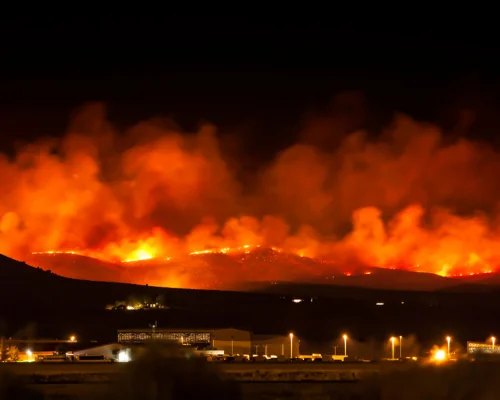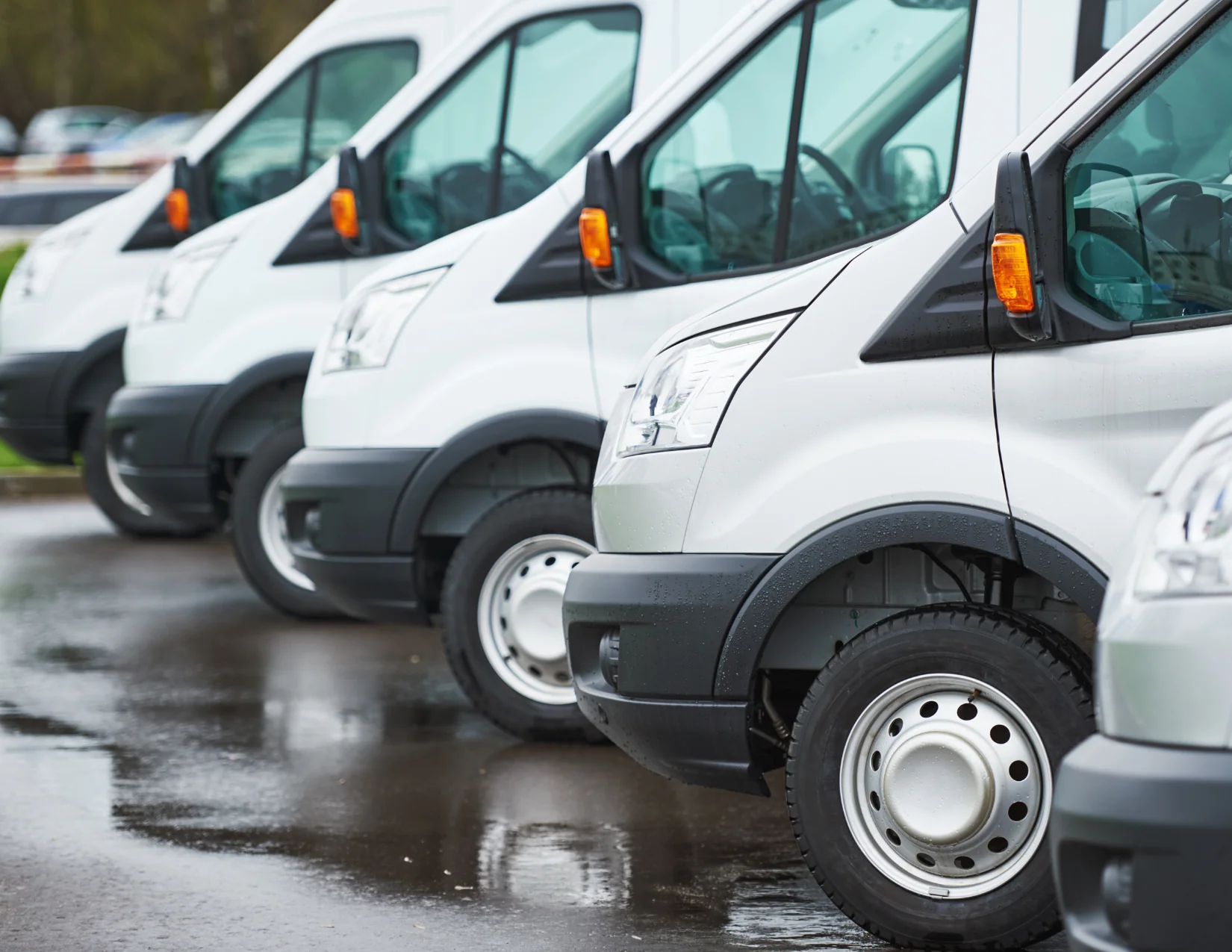
Disaster Relief Shipping
Be a beacon of hope with our disaster relief shipping service! From urgent aid to essential supplies, we deliver resilience and support to communities in need. Explore our rapid-response solutions and join the mission to make a difference when it matters most!
Disaster relief shipping shines as a beacon of hope amid nature’s turmoil. Swiftly responding to earthquakes, hurricanes, and floods, this service delivers essential supplies like food, water, and shelter to affected regions, even crossing borders to aid resource-deprived areas. Collaboration between governments, NGOs, volunteers, and aid agencies fuels this impactful process.
Yet, challenges persist – time constraints, unpredictable conditions, and intricate coordination. Nevertheless, the dedication to ease human suffering endures. Beyond immediate assistance, disaster relief shipping also fuels disaster recovery by distributing vital resources for rebuilding. In this global effort, it stands as a testament to collective compassion, showcasing humanity’s unity in times of crisis.
Get Disaster Relief Shipping Rates
Receiving disaster relief aid swiftly is of paramount importance as it directly impacts the survival, well-being, and recovery of affected communities. Rapid aid delivery ensures that essential supplies such as food, water, medical assistance, and shelter reach those in urgent need, minimizing suffering and preventing further deterioration of conditions. Swift relief efforts not only save lives but also contribute to the restoration of normalcy, helping communities regain stability and resilience in the face of adversity.
Thousands of businesses trust FreightCenter to move their freight faster, smarter, and cheaper! From unbeatable rates to top-notch service, our customers are raving about their shipping success.
See why they keep coming back!
Award-Winning Service, Trusted by Shippers Everywhere!
- 2021, 2017 & 2016 Food Logistics’ Top Green Providers
- 2021 & 2018 Supply & Demand Chain Executives’ Pros to Know: Matthew Brosious
- 2020 & 2019 Top Food Logistics’ 3PL & Cold Storage Provider Award
- 2020 & 2019 Business Observer’s Top 500 Companies on the Gulf Coast
- 2020 & 2017 SmartWay® Transport Partner
- 2020 & 2017 Food Logistics’ Champions: Rock Stars of the Supply Chain
- 2020 Best of Palm Harbor Awards for Local Businesses
- 2017 Green Supply Chain Award from Supply & Demand Chain Executive
- 2017 Tampa Bay Business Journal Heroes at Work
- 2016, 2015, & 2012 Food Logistics Top 100 Software and Technology Providers
- 2013 Tampa Bay Business 100 by Tampa Bay Business Journal
- 2013 Top 100 Great Supply Chain Partners by SupplyChainBrain
- 2012 TIA Samaritan Award Honorable Mention
- 2012, 2011 & 2010 TBBJ Fast 50 Recipient
- 2013, 2011, & 2010 Diversity Business Top Businesses

Why Choose FreightCenter for Disaster Relief Shipping?
Disaster Relief Aid requires the expertise and care of experienced logisticians. Third-party logistics (3PL) providers help ensure your valuable freight gets where it’s expected, as it’s expected, when it’s expected
- Compare Disaster Relief Shipping rates from 50+ carriers
- Instant Disaster Relief Shipping rates anytime
- Disaster Relief Shipping solutions offered internationally.
- Unbeatable discounts on Disaster Relief Shipping Freight Services, LTL, FTL, rail, air, and more
- Automated tracking, paperwork & invoices
- Manage all freight quotes & shipments in one place
- 30+ years of transportation experience working for you!
Getting Disaster Relief Aid to Those Who Need It
When disaster strikes, and people need help, humanity responds in kind. Disaster relief shipping focuses on delivering aid and supplies to those who’ve suffered from hurricanes, earthquakes, blizzards, tornadoes, and other natural disasters. From building materials and construction supplies to essential disaster relief materials like food and clean water, disaster relief logistics become paramount.
Catastrophes and tragedies have tested our resilience and resourcefulness since time began, and in the face of it all, we get through it together—locally, nationally, and globally. The logistics of disaster relief shipping, when flooding is rampant, roads are blocked or washed out, and the power is down, can be a nightmare. An effective response is three-fold: For yourself, your family, or your business, know what to do before, during, and after a catastrophe. By ensuring that critical supplies like metals, building materials, and relief items are delivered efficiently, disaster relief shipping plays an indispensable role in helping communities recover and rebuild in the wake of calamities.
Delivering Disaster Relief
During times of crisis, humanitarian organizations such as the Red Cross and Direct Relief International play a central role in meeting people’s essential requirements for food, shelter, and medical assistance. Government bodies like FEMA and the Small Business Administration also contribute to recovery efforts. When the focus shifts to rebuilding, organizations like Habitat for Humanity and Without Borders step in to aid families in their disaster recovery journey. The government plays a crucial role in disaster relief shipping needs. For information on contributing during future emergencies or finding assistance, you can consult the U.S. Chamber of Commerce’s list of nonprofit agencies specializing in disaster preparedness, response, and recovery.
To create value for our customers by delivering customized shipping solutions that meet their unique needs and to fulfill shipping demands from simple to complex with expertise, guidance and ingenuity.
Wildfires
The threat of wildfires looms large, particularly during dry and hot seasons, urging vigilant preparations. As experts strive to anticipate the path and intensity of these fires, it's essential to be prepared for the worst while hoping for the best. Residents in fire-prone areas take proactive measures, such as creating defensible spaces around their homes, having emergency kits ready, understanding evacuation routes, and cooperating with local authorities, all aimed at enhancing their chances of surviving a wildfire.
Hurricanes & Tropical Storms
The annual Atlantic hurricane season, spanning June through November, prompts proactive preparations amid meteorological predictions. Coastal residents gather essentials and fortify their homes to enhance their chances of survival during hurricanes. However, the intensity of severe storms frequently requires external aid for rescue and recovery, underscoring the unpredictability of these natural disasters.
Earthquakes
Earthquakes pose a widespread risk across 45 US states, unlike other hazards, arriving without warning. To prepare, follow advanced measures like creating an emergency kit, evacuation plan, and securing furniture. Prioritize safety during a quake by dropping, covering, holding on, and ensuring gas valve accessibility. When thinking about earthquake readiness, remember that proactive steps can greatly minimize potential damage and protect your family.
Tornados
Tornadoes frequently occur east of the Rocky Mountains in spring and summer, causing devastating damage to buildings, homes, and services like electricity and communication. Preparing for tornadoes is challenging due to limited warning time. To stay safe, have an emergency kit with essentials including medication, a whistle, and sturdy shoes; during a tornado warning, seek underground shelters or windowless interior rooms.
Floods
The specter of floods becomes significant, especially during periods of heavy rainfall or rapid snowmelt, necessitating diligent readiness. As experts work to predict the course and severity of flooding, it's crucial to prepare for potential emergencies while maintaining optimism. Residents living in flood-prone regions take preemptive actions, including elevating valuables, having emergency supplies at the ready, and familiarizing themselves with evacuation procedures, all aimed at bolstering their ability to navigate and endure flood events. The unpredictable nature of floods underscores the importance of both individual preparedness and collaborative community efforts.
Blizzards
The looming threat of blizzards becomes palpable, especially during winter months, necessitating thorough preparations. As meteorologists work to predict the severity and duration of blizzards, it's vital to ready oneself for potential emergencies while maintaining a cautious outlook. Residents in regions prone to blizzards take proactive measures, including stocking up on essential supplies, ensuring heating systems are functional, and staying informed about road closures, all aimed at enhancing their ability to weather the storm. The unpredictable nature of blizzards highlights the significance of individual readiness and community support during these challenging weather events.
Volcanic Activity
Volcanic activity poses a significant risk, especially in regions with active volcanoes, underscoring the need for thorough preparedness. As experts work to monitor and predict potential eruptions, it's crucial to be ready for potential emergencies while staying informed. Residents living near active volcanoes take proactive measures, including maintaining emergency kits, familiarizing themselves with evacuation plans, staying updated on official advisories, cooperating with local authorities, and participating in community drills, all aimed at enhancing their ability to navigate and survive volcanic events effectively.
Grid & Power Issues
Power outages stemming from natural disasters present a significant concern, highlighting the importance of comprehensive readiness. As experts strive to anticipate and manage potential disruptions, it's vital to prepare for such emergencies while staying informed about the situation. Residents in disaster-prone areas take proactive steps, including having backup power sources, conserving energy, staying informed through reliable channels, and collaborating with neighbors, all aimed at enhancing their ability to endure and navigate power challenges during natural disasters.


3PL Current Events: Wildfires in Hawaii
Furthermore, a 3PL’s proficiency in managing intricate supply chains can facilitate the procurement and delivery of materials essential for rebuilding and rehabilitation. By streamlining these logistical challenges, a 3PL can significantly contribute to Hawaii’s recovery from the wildfire crisis. As Hawaii works towards healing and rebuilding, the role of a 3PL emerges as a crucial element in the broader response efforts, showcasing how logistical expertise can be a lifeline in times of dire need.
Disaster Relief Shipping FAQ
Q. What kind of aid and supplies are typically transported through disaster relief shipping?
Disaster relief shipping transports a wide range of supplies, including food, clean water, medical equipment, shelter materials, clothing, blankets, hygiene products, and even building materials necessary for rebuilding.
Q. How does disaster relief shipping respond to the immediate needs of affected communities?
Disaster relief shipping ensures that vital supplies reach disaster-stricken areas quickly and efficiently. It involves coordinating transportation, overcoming challenges like damaged infrastructure, and working closely with relief organizations and governments to distribute aid where it’s needed most.
Q. How does disaster relief shipping contribute to long-term recovery efforts?
Beyond immediate aid, disaster relief shipping plays a key role in long-term recovery by facilitating the transportation of materials needed for rebuilding infrastructure and restoring communities. It helps distribute building materials, equipment, and resources essential for recovery.
Q. Can disaster relief shipping cross international borders?
Yes, disaster relief shipping often transcends international borders to provide aid to regions in need. Collaborative efforts between countries and international organizations ensure that aid reaches disaster-affected areas regardless of national boundaries.
Shipping Methods for when Disaster Strikes
Shipping Methods for when Disaster Strikes

Expedited Air Shipments
See the best air Freight rates from all the top carriers. Just fill in a few short details about your shipment and receive instant freight shipping quotes from leading freight carriers in one easy place. Trust the experts at FreightCenter to give you the best prices and options for your air cargo shipping needs.

Dedicated Relief Trailers & Vans
When preparing for natural disasters, logistics companies should use alternative ways and a broader range of potential freight trailers and vans. Using alternative routes will ensure the flow of goods remains constant in areas unaffected by a natural disaster. Utilizing a diverse set of carriers also ensures you can resume business in and around places where a natural disaster has hit.

LTL & FTL Relief Shipments
LTL offers flexibility by consolidating smaller quantities of diverse supplies into a single truck, suiting the distribution of varied essentials to multiple locations. FTL excels in moving bulk quantities efficiently, making it ideal for delivering larger items like building materials or substantial aid to centralized points. The combined use of LTL and FTL ensures a comprehensive approach to efficiently delivering essential relief aid to disaster-affected areas.

